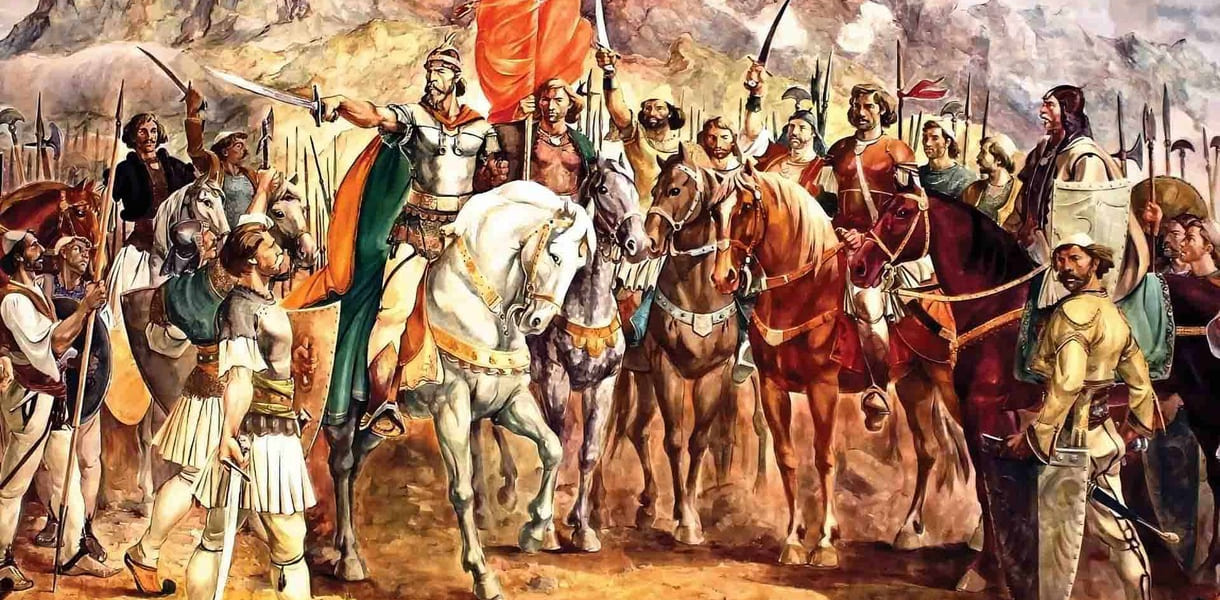With the fall of Constantinople, the Ottoman Empire expanded its borders reaching the Western Balkans in 1385 and occupying most of Albania in 1431. As a result, thousands of Albanians fled to Western Europe, particularly to Calabria, Naples, Ragusa and Sicily, and others settled in the often inaccessible Mountains of Albania. The Ottoman conquest was also accompanied with the gradual process of Islamisation which consequently changed the religious composition of Albania.

After five centuries under the Ottoman rule, Albanians proclaimed their independence on 28 November 1912.
In 1443, under the leadership of Gjergj Kastrioti Skanderbeg, the great rebellion against the Ottoman Empire ushered in one of the longest and fiercest resistance movements in the Balkans against the Ottomans. For almost 25 years, Skanderbeg and his allies would fight more than 20 battles against the Ottoman Empire, and would successfully repulse more than 10 Ottoman invasions.
Known as the Defender of Western Civilisation, Skanderbeg was supported by the Vatican and the Kingdom of Naples, which was pinning its hopes on this Albanian warlord to hold back the Ottoman Empire from the coastline of Albania – from where it was only a short hop into Italy and the rest of western Europe.
Although Skanderbeg is recognised for his military achievements, his contributions to Albanian nation-building are of special importance. During Skanderbeg’s revolt in Albania, he displayed for the first time the black double-headed eagle, with a red background. Upon Albania’s independence declaration in 1912 in the city of Vlore, Skanderbeg’s flag would be adopted as the national flag of Albania.



